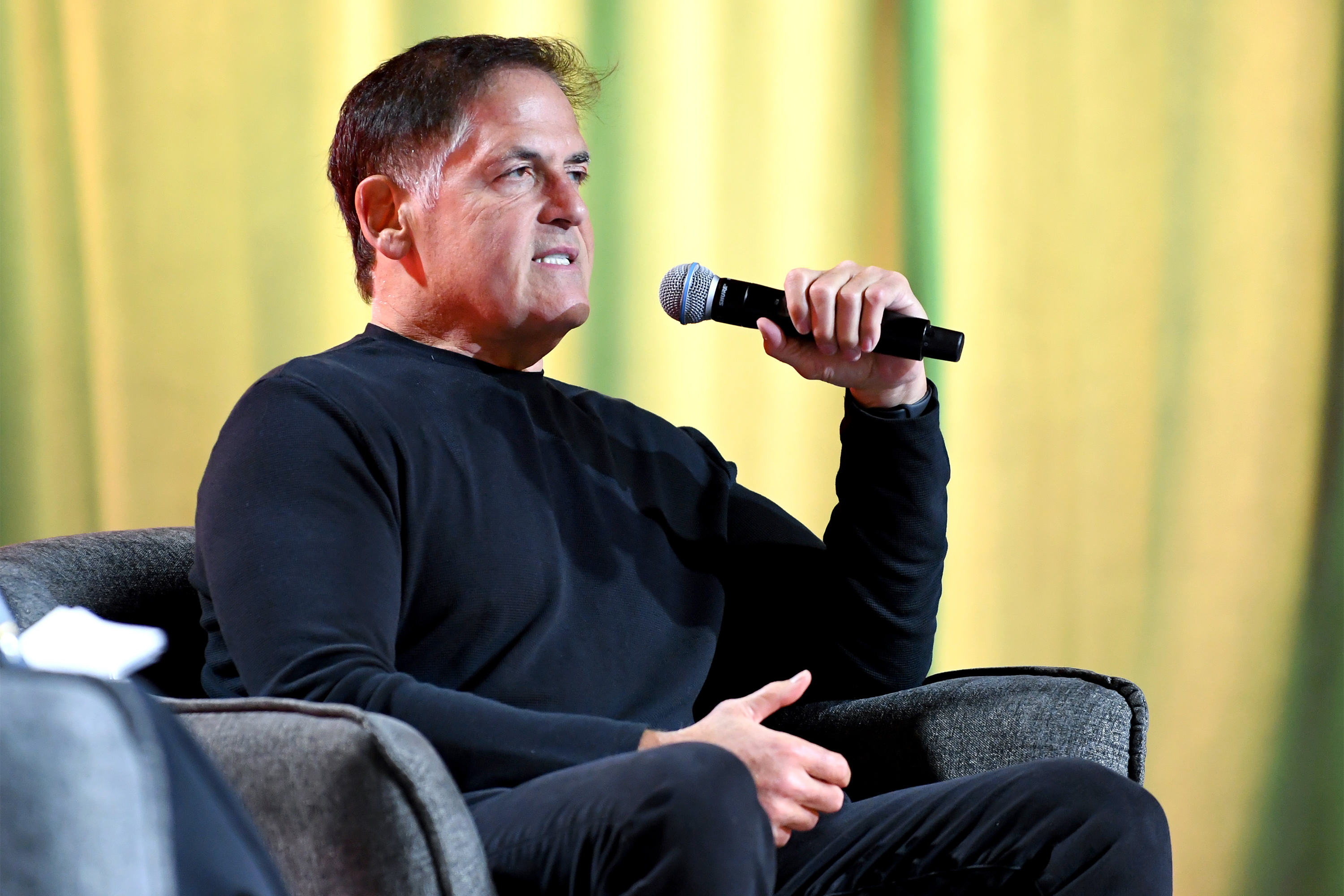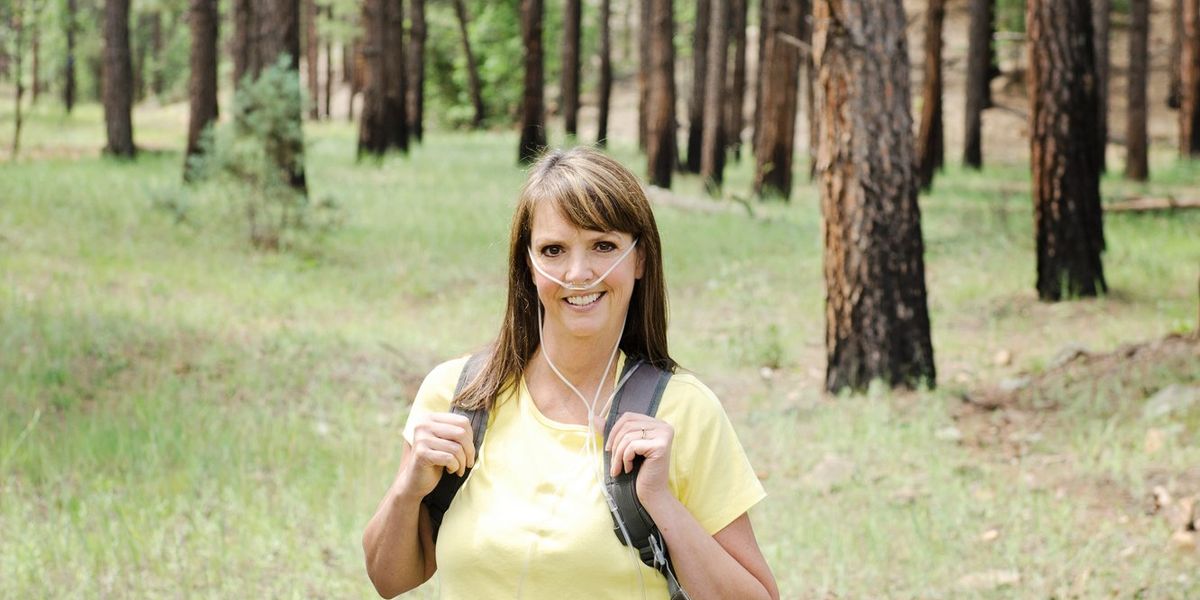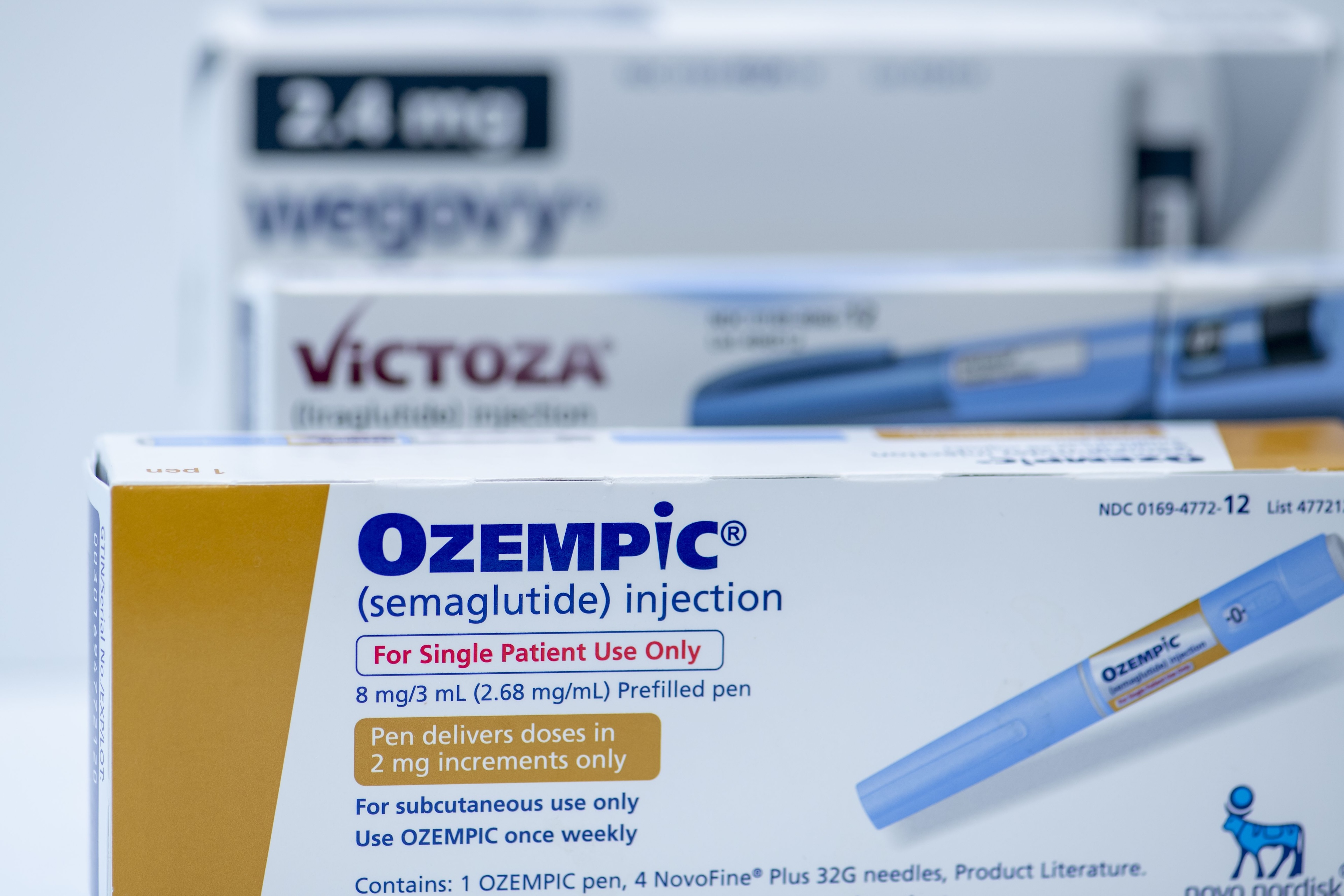Recently updated on September 23rd, 2024 at 12:15 pm

Cryotherapy is gaining traction as a trendy weight loss method, offering the promise of fat reduction and a metabolism boost. Imagine stepping into a chamber as cold as -130°C and walking out with the potential to shed stubborn fat. This once-exclusive treatment is now available beyond high-end clinics, even reaching home setups.
But does cryotherapy really help you lose weight? The short answer is yes, though it’s not a miracle solution. It works best when paired with healthy habits. Here’s how cryotherapy works and what it can do for your weight loss journey.
What is Cryotherapy for Weight Loss?
Cryotherapy, in the context of weight loss, involves exposing the body to extremely cold temperatures to trigger physiological responses that may help reduce fat.
The process can involve whole-body cryotherapy, where you step into a chamber filled with air chilled to -100°C or lower, or localized cryotherapy, which targets specific areas like the abdomen using devices that cool the skin and underlying fat cells.
The idea behind cryotherapy for fat loss is that the intense cold stimulates the body’s metabolism, burns calories, and activates brown fat, a type of fat that generates heat and burns energy when you’re cold.
Additionally, targeted cold treatments like cryolipolysis (also known as “fat freezing”) can directly reduce fat cells in specific areas without surgery. Cryotherapy isn’t just about the cold—it’s about harnessing the body’s natural responses to cold exposure to support fat reduction.
How Effective Is It?
Cryotherapy comes in different forms, each with varying effectiveness for weight loss. Here’s what each type involves and what you can expect:
Whole-Body Cryotherapy (WBC)
Whole-body cryotherapy involves stepping into a chamber where your entire body is exposed to temperatures as low as -140°C for 2-5 minutes. This method is popular among athletes for recovery and has gained traction for its potential weight loss benefits, particularly due to its ability to boost metabolism and reduce inflammation.

One study on menopausal women with metabolic syndrome found that 20 sessions of WBC significantly reduced abdominal obesity. Over the course of the study, participants experienced reductions in waist circumference, body fat percentage, and abdominal fat after daily 3-minute sessions at -130°C.
Another study on whole-body cryotherapy highlighted its effectiveness in enhancing recovery, reducing inflammation, and aiding in fat reduction, emphasizing its benefits when used consistently over multiple weeks.
These results suggest that while WBC is not an instant fix, regular sessions can help reduce stubborn fat, particularly when paired with a balanced diet and exercise.
Localized Cryotherapy (Cryolipolysis)
Localized cryotherapy, commonly known as cryolipolysis or “fat freezing,” specifically targets fat areas like the belly or thighs using devices that cool and destroy fat cells without harming surrounding tissues.

This non-invasive technique is well-regarded for its effectiveness in spot reduction, especially for stubborn belly fat that doesn’t respond to traditional methods.
Research on cryolipolysis shows that people usually see a 10-25% reduction in fat thickness within two to four months.
Another study found that a single session can reduce both types of belly fat: the fat just under the skin (subcutaneous) and the deeper fat around organs (visceral) within 12 weeks. This makes cryolipolysis a great option for targeting stubborn fat areas effectively.
Cryolipolysis works by triggering the body’s natural fat clearance processes, gradually eliminating the damaged fat cells over time.
For those struggling with specific areas of fat, such as the lower abdomen, cryolipolysis provides a targeted, non-invasive alternative that can significantly enhance body contouring efforts when combined with a healthy lifestyle.
Cryofrequency
Cryofrequency is an advanced technique that combines radiofrequency with cold, allowing it to target deeper fat layers while simultaneously tightening the skin. This dual-action approach enhances fat loss and improves skin tone, making it popular in aesthetic treatments for more comprehensive results.
A study on cryofrequency showed that this method led to significant fat reduction, especially when combined with other technologies like ultracavitation. Participants reported noticeable improvements in localized fat thickness and skin firmness after just a few sessions, highlighting the added benefits of combining cold and radiofrequency.
Traditional Cold Exposure
Traditional cold exposure includes methods like cold showers, ice baths, and spending time in cold weather. These approaches can slightly boost metabolism by activating brown fat and increasing calorie burn, but their impact on fat loss is minimal compared to professional cryotherapy.

While cold exposure can complement other weight loss efforts and improve overall well-being, it’s unlikely to produce significant fat reduction on its own. These methods are more about enhancing metabolic response rather than offering targeted fat loss like cryolipolysis or whole-body cryotherapy.
How Exactly Does Cryotherapy Help You Lose Weight?
Cryotherapy aids weight loss through several key mechanisms, though more research is needed to fully understand how it works:
- Activation of Brown Fat: Brown fat is different from the regular white fat that stores energy. Brown fat burns calories to generate heat when you’re exposed to cold, helping to increase energy expenditure. This process, called thermogenesis, is a natural response to cold exposure and plays a significant role in fat burning.
- Thermogenesis: When your body is exposed to extreme cold, it works harder to maintain its core temperature. This increase in metabolic activity helps burn calories, even after the session ends. The body’s effort to rewarm itself can continue to burn energy for hours, contributing to overall calorie expenditure.
- Increased Metabolism: Cold exposure can boost metabolism, which means your body burns more calories at rest. This boost helps support weight loss, especially when combined with a healthy diet and regular exercise.
While these mechanisms are promising, more research is needed to understand the long-term impact of cryotherapy on weight loss and how it can be optimized for better results.
Cryotherapy for Fat Loss at Home: What Can You Do?
If professional cryotherapy isn’t accessible, you can still try cold exposure at home with some simple methods. Cold showers, ice baths, and spending time in chilly environments can slightly boost your metabolism by making your body work harder to stay warm. While these methods aren’t as powerful as professional cryotherapy, they can still help burn a few extra calories.
For a bigger impact, consider combining at-home cold exposure with regular exercise and a balanced diet. You can also turn down the thermostat or wear lighter clothing in cooler settings to enhance cold exposure effects.
Although at-home methods don’t directly target fat like cryolipolysis, they can be a practical way to support your overall weight loss efforts. If you want to go a step further, you might even invest in a cryotherapy chamber for home use, but it comes with a higher price tag.
Does Cryotherapy for Weight Loss Have Any Side Effects?
Cryotherapy generally has fewer side effects than other fat reduction methods, but some minor side effects can still occur. Common ones include temporary redness, tingling, numbness, or mild discomfort in the treated area, which usually resolve on their own.
It’s important to follow professional guidance and ensure the treatment is performed correctly to avoid complications.
Always consult with a certified practitioner before undergoing cryotherapy to minimize risks and ensure you get the most effective results.
Wrapping It Up
Cryotherapy offers a fresh approach to weight loss by using extreme cold to boost metabolism, target stubborn fat, and enhance overall fat loss efforts. While it’s not a quick fix, it can be a great addition to your routine when combined with healthy eating and exercise. The key is consistency and understanding that results take time.
Whether you’re trying a cryo chamber, localized fat freezing, or simply incorporating cold exposure at home, cryotherapy can help you on your weight loss journey when used thoughtfully and safely.













![Healthy Peanut Butter Banana Protein Pancakes [dairy-free + gluten-free]](https://i0.wp.com/healthyhelperkaila.com/wp-content/uploads/2024/11/PBBananaPancakesFEATURED.png?fit=1531%2C1536&ssl=1)





 English (US) ·
English (US) ·